by Joseph M. Horodyski
The ancient city of Selinus, a major trading center in Cilicia, sat atop a steep outcropping of rock that rises abruptly from the edge of the Mediterranean on the southern coast of Asia Minor, now modern Turkey. Nineteen centuries ago an elite unit from one of Rome’s battle-hardened legions—several hundred in number—arrived in the city, having marched around the clock since departing Antioch a month earlier. They were the Emperor Trajan’s royal guard, charged with escorting the first citizen back to Rome. Time, however, had run out. The mortally ill Trajan could travel no farther.
[text_ad]
Earlier that summer of 117 ad, Trajan’s health had suddenly failed while his forces besieged the city of Hatra in Assyria. Then, after withdrawing to Antioch, the 63-year-old emperor suffered a debilitating stroke. Trajan was a driven and determined leader who marched on foot with his men, but the more than three years he had been absent from Rome were grueling, especially for a man his age. Now, on the morning of August 9, Trajan lay on his deathbed in the city of Selinus. As the end approached he called for a scribe to record his last wish: his formal adoption of Hadrian. Just as the Emperor Nerva had adopted him a decade earlier, Trajan’s action affirmed Hadrian his successor as emperor. Minutes later, he slipped into eternity.
It is only a short walk from the base of the hill to the remnants of a port that still juts into the sea, where one has an unobstructed view of the Roman settlement above. On the evening of Trajan’s death his funeral pyre lit the skies and thousands watched, from the Roman portion and the port, as flames consumed the mortal remains of Rome’s ruler.
The Great and Stoic Trajan
A messenger had already been dispatched before sunset to Antioch, where Hadrian was in command of the armies of the east. Two days later, when news of Trajan’s death reached him, he was immediately proclaimed emperor and left at once to pick up his predecessor’s ashes for transporting back to Rome.
Who was this Trajan, who died at the far outskirts of the Roman Empire at the height of its glory? Simply, a great man of his time. It was Trajan who expanded the dominance of Rome to its farthermost boundaries in the civilized world. Trajan was more than a Caesar. He was a Roman Patton, a soldier elevated to the highest office in the empire, who shunned the adornments of aristocracy and chose instead to personally lead the forces of Rome against her enemies near and far. “Trajan never ceased to be a general,” wrote historian Will Durant. “His carriage was military, his presence commanding; his features were undistinguished but strong. Tall and robust, he was wont to march on foot with his troops and ford with full armament the hundred rivers they had to cross. His courage showed a stoic impartiality between life and death.”
The long journey to Selinus began in 53 ad, when Marcus Ulpius Traiánus was born in Spain. His father was Ulpius Traiánus, commander of a legion in the Jewish wars under Vespasian, a senator, consul, and governor of Syria. During the time his father governed Syria young Trajan became a tribune (one of six in a legion), then advanced to legate (assistant to a general) with the VII Gemini Legion in Hispania Tarraconensis (the eastern half of modern Spain) in 78 ad. Six years later Trajan became a quaestor (a treasurer for Rome) and was immediately elevated to the senate. Then, at the age of 33, he became a judicial magistrate (praetor) in 86 ad.
When Antonius Saturninus, governor of Germania Superior (Upper Germany), rebelled against the Emperor Domitian in the late spring of 89 ad, Trajan was put in command of troops ordered to crush the uprising along the Rhine. His victory was swift and precise, setting the stage for a prolonged campaign in Domitian’s war against Germania (modern Germany) in the year 91ad. Two years later Trajan was made a consul (senior-level magistrate) and in 96 ad he became governor of Moesia Inferior (a province south of the Danube and north of ancient Thrace), then Germania Superior, with headquarters at Moguntiacum (modern Mainz).
By the autumn of 97 ad, Trajan, now 44 years old, had developed a reputation throughout the empire as a man of balance—an able administrator, a competent commander, skilled in politics, and unquestionably loyal to Rome and her emperor. An unpretentious man despite his status as a patrician, he was particularly respected—even venerated—by the men who served with him. They admired his candor, his can-do spirit, and his profound sense of purpose fueled by a dogmatic desire for victory.
Expecting Praise, the Praetorians Were Put to Death
It was characteristic of Trajan that when the young Hadrian, his ward since the age of 7 when Trajan served in Spain, brought him the news on January 27, 98 ad, that Nerva had adopted him shortly before his death and he was now emperor, Trajan remained in the German province for nearly two years to settle affairs on the frontier. He visited the provinces of Pannonia (west of the Danube, now Hungary and northern Yugoslavia) and Moesia, where King Decebalus of Dacia had caused much difficulty a decade before. Domitian had established a modus vivendi with the rebellious monarch—including the payment of a hefty monthly tribute—but Decebalus continued to insult the sovereignty of Rome with impunity. Trajan knew Rome would clash with Dacia once again.
Trajan returned to the capital of the Roman Empire in 100 ad and immediately sent for the praetorians who had humiliated Nerva, actions that he said he had learned of in a dream. Expecting praise, the praetorians were put to death by the new Emperor, who inaugurated the leader of the new praetorian guard with this pledge: “Take this sword, in order that, if I rule well, you may use it for me, but if ill, against me.”
Trajan then walked into Rome in the manner of a private citizen and earned the praise of his countrymen. “His simplicity, geniality and moderation readily won a people so lately acquainted with tyranny,” wrote Durant. Rome was at its primacy at the beginning of the second century; its influence, as Gibbon described, was spread over the “fairest part of the earth, and the most civilized portion of mankind.” The Senate was enamored of the new emperor, for he took no measures to shore up his power and authority as many of his predecessors so often had done in the early moments of their reign. Pliny the Younger told the Senate, Trajan being present, that “he who is to command all should be elected by all.” Trajan accepted the baton of authority passed on by the Senate, and always deferred to that body from the first day he set foot in Rome as the new emperor.
It came as no surprise, therefore, that the Senate gave its blessing to Trajan’s plan to conquer Dacia less than a year after he returned home as Emperor. This kingdom was roughly the territory occupied by Romania today, a vital piece of land that controlled the road leading to the Danube, Byzantium, and beyond. And Dacia had numerous gold mines in Transylvania.
The Roman army at the time was one of the finest fighting machines the world has ever seen. Thirty legions, comprising 4,000 to 4,800 men in each, were spread across the empire, including five legions in Pannonia and Moesia, four in Germania, and three in Britain and Syria. Each legion was divided into smaller units called cohorts, numbering about 600 men, but the basic battlefield unit was called the century and was composed of a hundred men—hence the eventual usage of the word to denote a hundred years.
Soldiers Bound by a Solemn Oath
Officers were exclusively Roman citizens, predominantly property owners, and well educated. Soldiers, on the other hand, were drawn from everywhere. The youngest and poorest recruits, 1,200 to a legion, became velites, or light troops. They carried a javelin, swords, and a small shield, but no armor. The 1,200 who were next in age and property were assigned as hastati, the first line of heavy infantry. The last group of 1,200 was called the principes and they formed the second line. The hastati and principes carried an oval shield, two throwing spears called pila, and a short Spanish sword known as the gladius. The oldest 600 men, called the triari, formed the third line. Their primary weapon was the thrusting spear.
A solemn oath was administered upon a soldier’s first entry into duty, as he promised “never to desert his standard, to submit his own will to the commands of his leaders, and to sacrifice his life for the safety of the Emperor and the empire.” There was regular pay and recompense following the appointed time of service. Obedience was an ingrained part of life. Cowardice or disobedience was greeted by the harshest and quickest punishment. Centurions were authorized to strike soldiers, while generals could punish with death. It was said that Roman soldiers feared their officers more than the enemy.
Not only were Roman soldiers well disciplined, they were also superbly trained. Every waking moment was spent in training; the only thing that distinguished a training field from a field of battle was the absence of blood. Gibbon described the training that a Roman soldier received as anything that “could add strength to the body, activity to the limbs, or grace to the motions. The soldiers were diligently instructed to march, to run, to leap, to swim, to carry heavy burdens, to handle every species of arms….”
The Dacian people, warlike barbarians with a contempt for life that pervaded their society, were perhaps capable foes but unprepared for Trajan’s precision march into their heartland. In the summer of 101 ad the Emperor took to the road against Dacia with three legions. Marching alongside his generals, the golden eagle lifted prominently and proudly from the front ranks, pennants fluttering in the sky, Trajan led a force 10 abreast that stretched more than a mile behind him. Thousands waved and cheered as the Roman army headed north out of the capital. Their route would take them south of Noricum, east into Pannonia, and eventually into the Dacian capital at Sarmizegetusa.
Pressing forward with no resistance until the weather became an unbeatable obstacle, Trajan’s forces set up camp for the winter of 101-102 ad just north of Dalmatia. The camp of a Roman legion was a wonder. An exact quadrangle of roughly 700 square yards provided accommodations for as many as 20,000 Romans. Legionnaires constructed tents in straight lines with an area in the center where the Emperor and his generals resided in temporary comfort. A rampart, 12 feet high, was erected around the boundaries of the camp, and a ditch 12 feet wide and as many feet deep protected the enclosure on all sides.
Decebalus Chose Suicide Rather Than to be Hunted
When spring came at last and the Romans renewed the attack, they employed the services of Apollodorus of Damascus to build a roadway through sheer rock blocking their passage alongside a mountain. Then, as they approached the Danube, the master builder erected a great bridge of 60 piers (many still visible today). The new offensive by Trajan was swift and decisive, his forces slamming into Sarmizegetusa. Prostrated before Trajan, Decebalus swore obedience and allegiance and was granted the status of a client king.
It didn’t last. Left to his own devices, Decebalus took up the old ways and soon undertook raids across the Danube River into Roman territory. He fomented discontent with some of the tribes north of the river. Finally, in 106 ad, Trajan took to the field with a force of 11 legions, determined to squash the unrepentant monarch. The battle was swift and brutal; in the end Decebalus chose to commit suicide rather than be hunted like an animal through the countryside, then paraded in front of the Roman people, before receiving a sword in the throat.
Trajan returned from Dacia with the former kingdom reborn as a Roman province. He took as booty a million pounds of silver and a half-million pounds of gold. The emperor distributed the spoils—650 denarii (about $260)—to nearly 300,000 Roman citizens. He then staged a 123-day celebration of his victory in Dacia that included massive gladiator games. They were hard on the gladiators, mostly prisoners of war. Given a festive banquet the night before, the doomed men were paraded around the arena in festal dress, armed with swords, spears, or knives and protected by bronze helmets, shields, shoulderplates, breastplates, and greaves. The gladiators were matched up in groups or battled one on one. When one fell, the spectators signaled with a thumb turned up—signifying mercy—or down, indicating death. A combatant who displayed a reluctance to die was prodded by a hot iron or, later, if feigning death, probed with a hot rod and beaten to death with mallet blows to the head.
Trajan and most of Rome condoned the games as just punishment for men convicted of serious crimes, but a few others, like Seneca, were shocked by the brutality. “Man, a sacred thing to man, is killed for sport and merriment,” he wrote in disgust.
The succeeding peaceful years were productive ones for Trajan. He ordered the erection of a huge column, exactly one hundred feet high, that depicted in 23 spiral bands filled with 2,500 figures his escapades in Dacia. A similar tropaeum (monument) was built on a prominent hill at Adamklissi in southern Dacia, a reminder of Rome’s domination. But Trajan was not a vain man, and his administration was marked by his good relations with the Senate and building projects for the good of the people. Chief among these was the forum that bore his name, designed and constructed by the master builder Apollodorus. When completed, the Basilica Ulpia was the largest wood-roofed building in all the empire, and a showpiece for its capital. To the north were the markets of Trajan, built into the slopes of the Quirinal Hill, while opposite—on the Esquille Hill—the huge imperial baths were erected on the foundations of Nero’s Domus Aurea.
Trajan Craved One Last Great Military Achievement
By the fall of 113 ad Trajan had been a civilian Emperor for seven years. His accomplishments were many and the empire was mostly civilized and content, but he longed for a last, great military achievement to cap his legacy. The Parthians would give him that opportunity. Since 247 bc they had conquered and ruled most of the Middle East, as well as southwest Asia, and counterbalanced Roman hegemony to its west. At its greatest point Parthia covered all of modern Iran and encompassed portions of what are now Iraq, Turkey, Armenia, Azerbaijan, Turkmenistan, Pakistan, and Afghanistan. Altogether the kingdom of Parthia was spread over 648,000 square miles, or an area equal to France, Germany, Spain, and Great Britain.
In the years since Crassus’s abortive invasion in 52-53 bc, Marcus Aurelius and Nero had made incursions into Parthian territory with little success. The Parthians meanwhile—being generally less aggressive than the Romans—were satisfied with a buffer zone between the two great powers, a natural boundary in northern Mesopotamia beyond which neither empire could easily move and operate for any period of time.
Trajan decided to change the long-standing status quo. He left Rome in late fall, then gathered his legions for the push into Parthia. The following spring of 114 ad Trajan was in Athens preparing his forces for the march into Melitene in Armenia. A superb strategist and logistician, Trajan never outran his lines of supply or communications. His strategy was to move forward, defeat the enemy, consolidate his forces, and move forward again. The going was slow, but over the next three years his army turned south and east, passing through Mesopotamia and taking Babylon and the capital of Ctesiphon. An increasingly weary Trajan halted at the Persian Gulf, unsure of where next to turn his forces. He was three times the age of Alexander the Great at the height of his power and enough of a pragmatist to realize that his path, and the path of Alexander, would never fully cross.
Furthermore, the territories handily won over the previous four years were increasingly difficult to hold. Conquered peoples wished not to be conquered, and this was particularly true with Jews. The cost to remain in these territories and administer an unruly and hostile populace was not worth the price in manpower, and Trajan gradually withdrew toward the west. Illness, then the debilitations of age, stopped his journey home at Selinus on August 9, 117 ad.
Trajan’s Legacy
History would give Trajan high marks for the 19 years he served Rome as emperor. With notable exceptions—among them Hadrian, Marcus Aurelius, Constantine the Great, and perhaps a few others—his 71 successors from 117 ad to 476 ad were of less than hardy stock. And none approached his affinity for, and ability in, the art of soldiering. He was a man’s man, a leader who marched shoulder-to-shoulder with his troops, who spent months and years away from his family but never strayed from the vows of his marriage—a leader whose sword was bloodied more than once in the field of battle.
As the Roman Empire slid into decline in the late 4th century, and the character of its emperors became a vestige of what it had been in Trajan’s time, each new emperor—and there were many in those final years—was hailed with the prayer, felicitor Augusto, melior Traiano: “may he be luckier than Augustus and better than Trajan.” No more fitting tribute could be paid to any man.
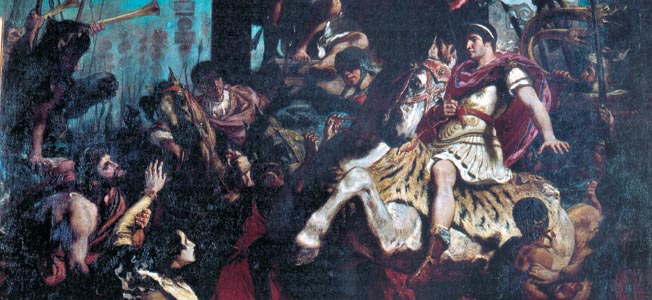
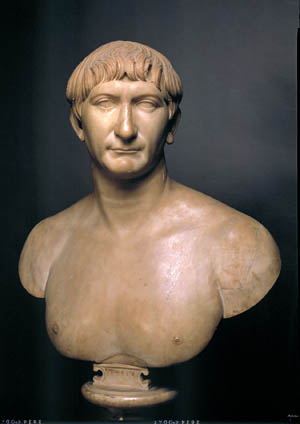
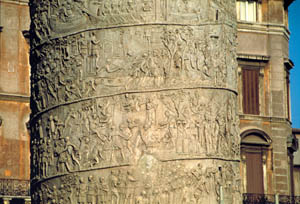
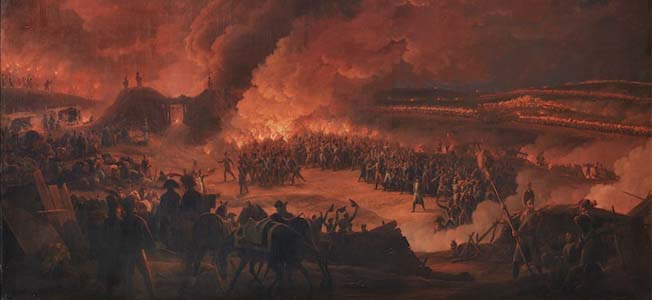
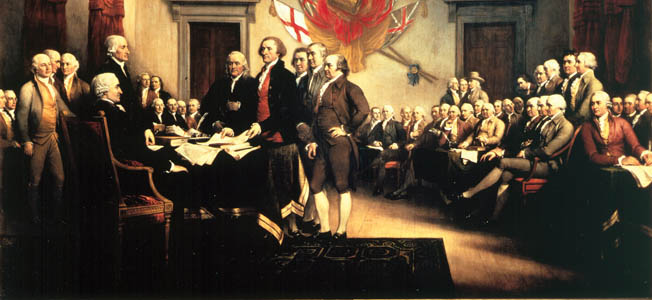
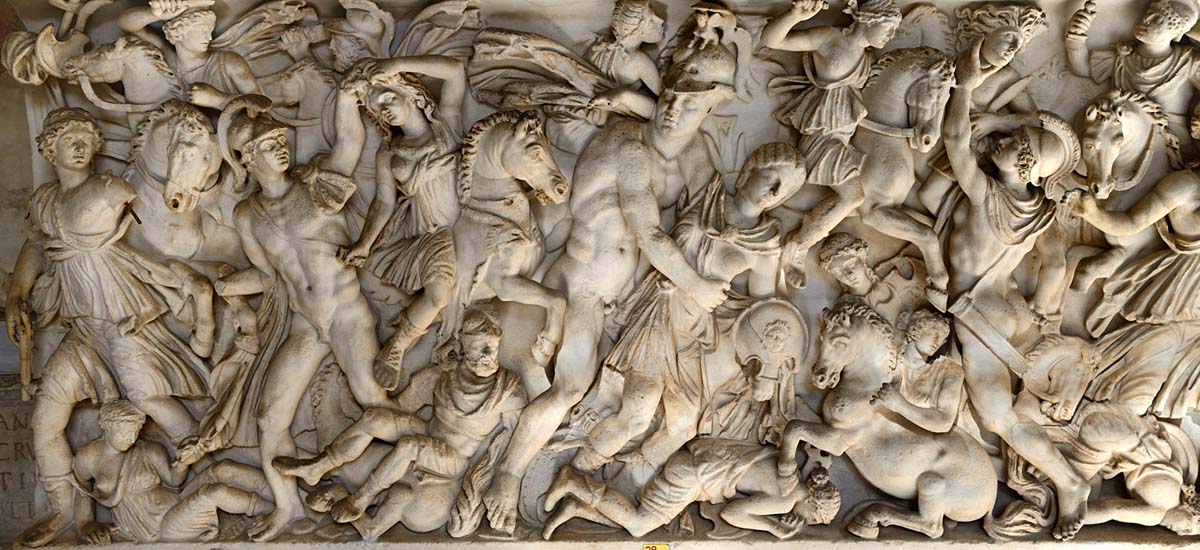
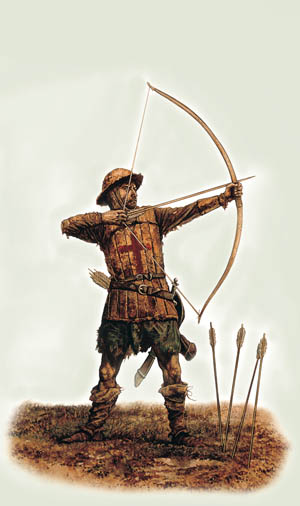
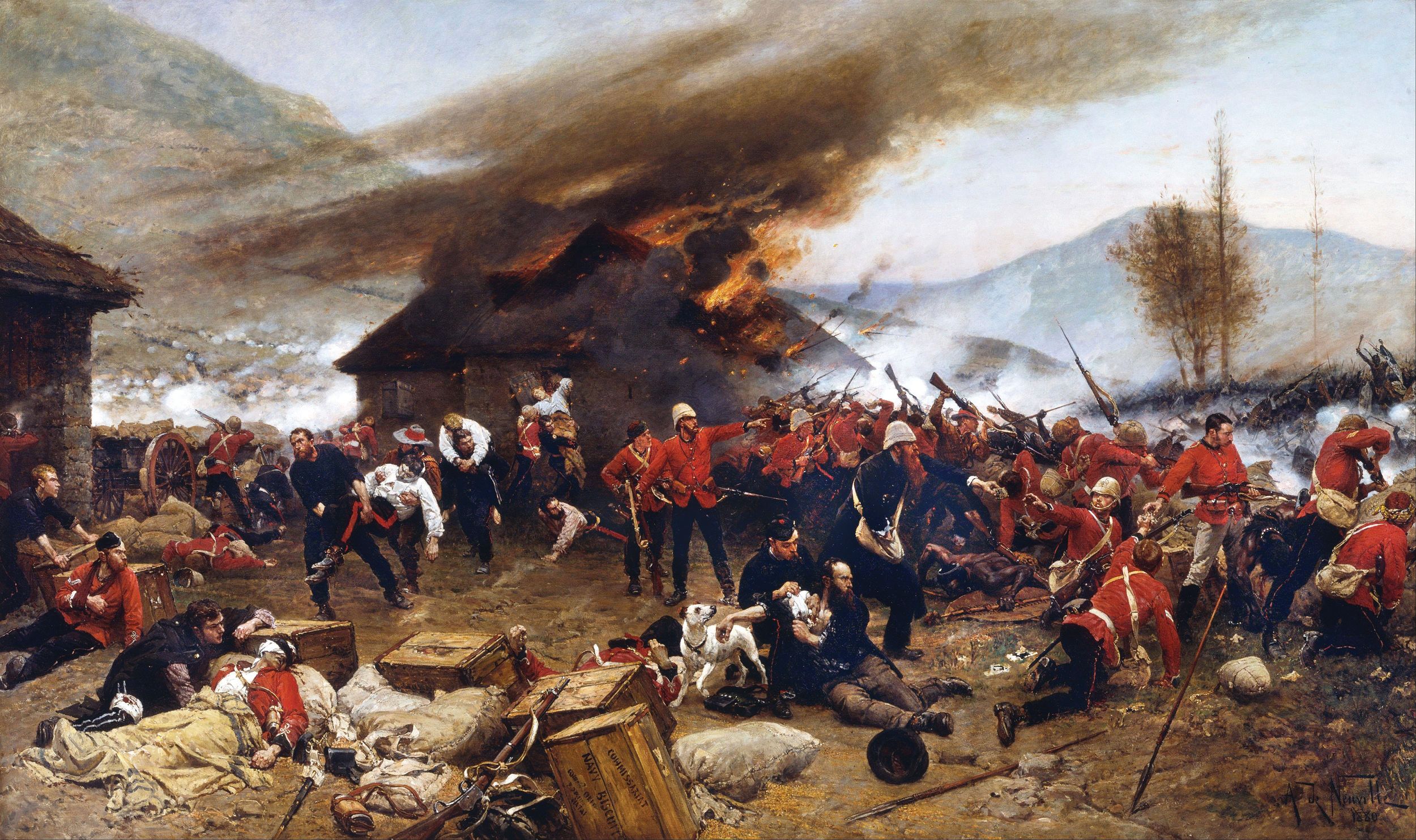
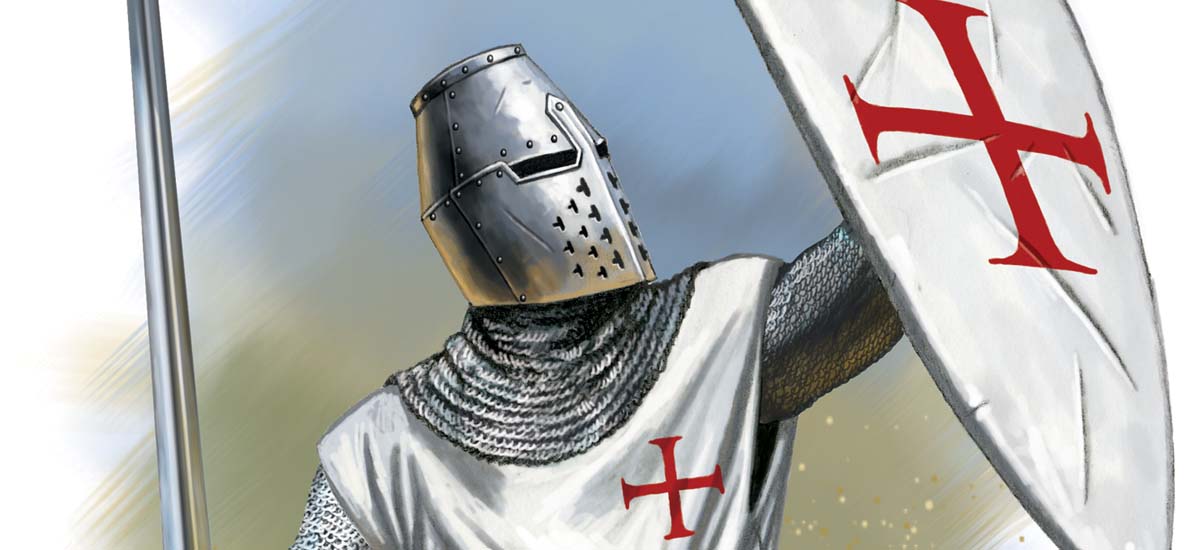

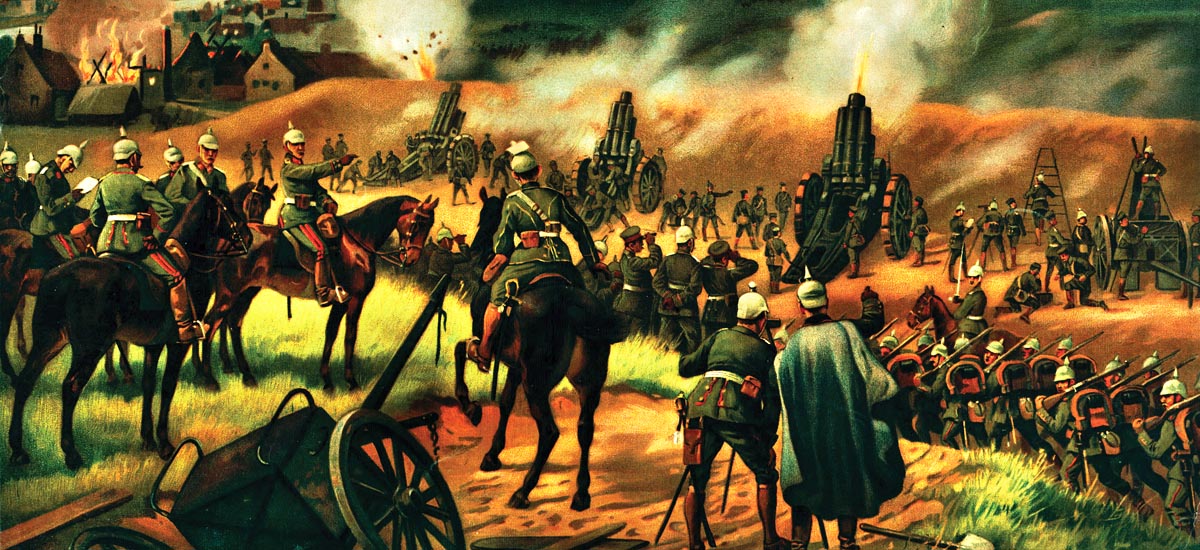
Join The Conversation
Comments
View All Comments